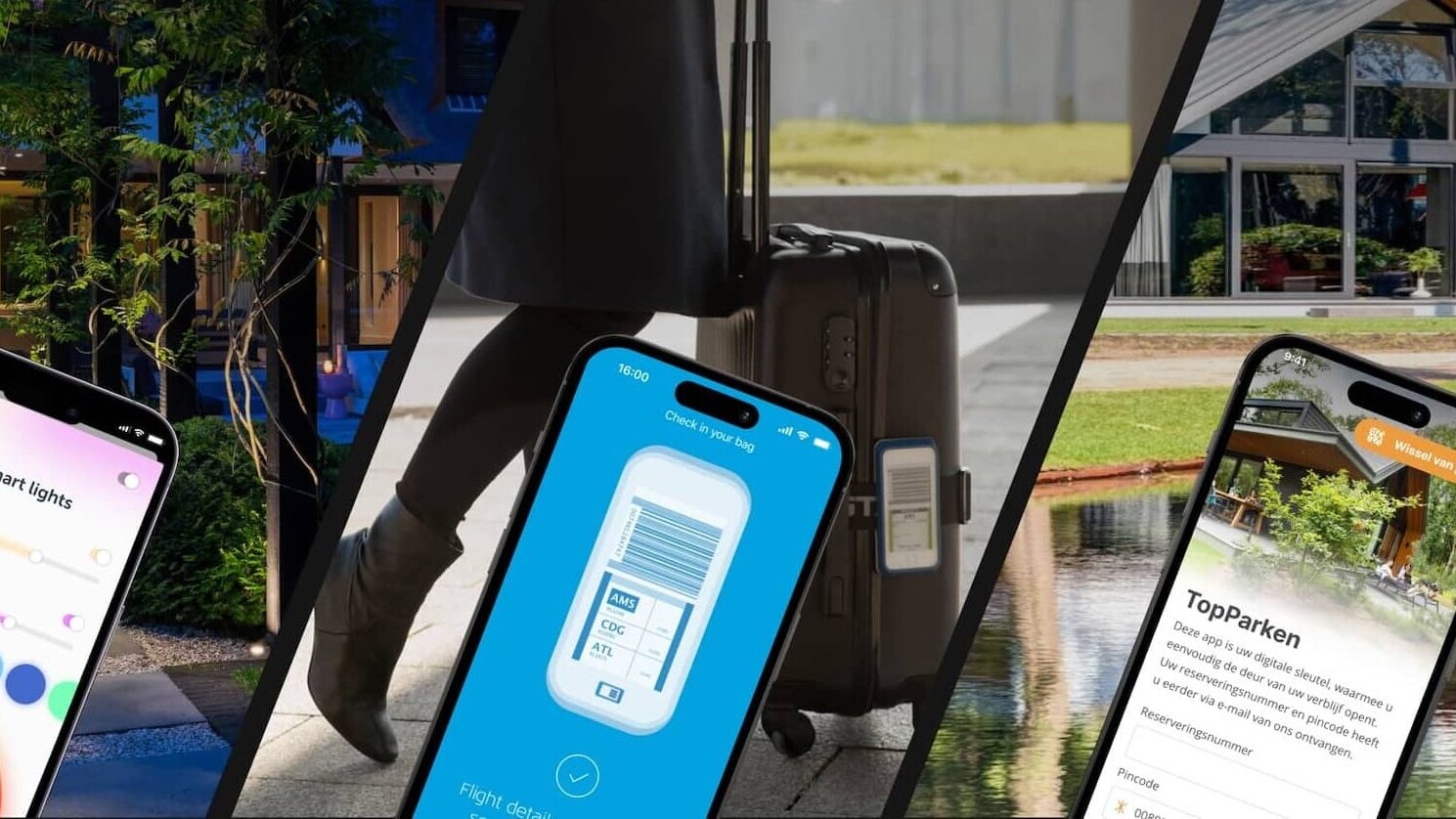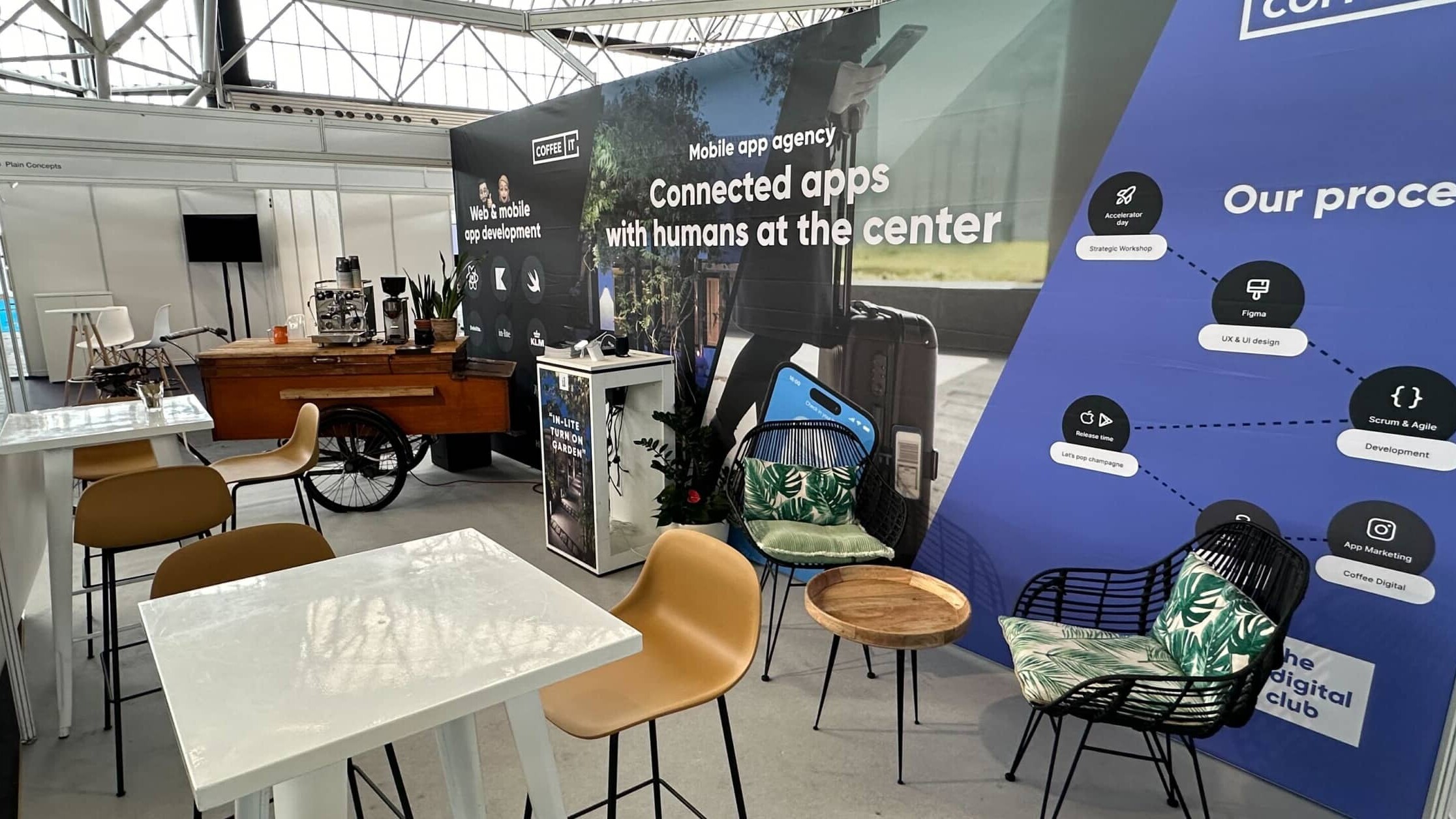According to the latest figures from Ernst and Young, an ICT project has a 56% chance of success, which means that no less than 44% of all ICT projects fail. Why does an ICT project only have a 56% chance of success? And perhaps even more importantly, how do I increase the chance that my ICT project will succeed.
How can an ICT project go wrong?
There are various reasons why an ICT project can fail, often it is a combination. Some examples are: Poor expectation management towards the user or customer, the scope of the project changes in the meantime, late delivery, budget overrun or the application turns out not to work at all in practice.
These symptoms are often caused by a poorly drafted command, lack of communication with the developer, or a lack of research into the user's needs. In an ICT project, changes in functionality and possibilities in the future are often poorly taken into account. At Coffee IT we respond to this by always putting the wishes of the end user first and using the Agile Scrum development method.
An important cause of unsuccessful ICT projects is that technology is taken as the starting point; the app as a goal, instead of as a means. It is important to first focus on the wishes of your business end user before choosing a technical solution. Every ICT project is unique, so it is impossible to offer a generic solution.

Start with the business case
Make sure goals are sharply defined. Describe the reason for your project, the time budget, the financial budget, relationships with other projects and how you want to make a profit from the project. This way you ensure that all heads are on the same page and that your development partner can act along with you.
Capture expectations
Make sure you capture ideas about the end product, so that impossible expectations do not lead to disappointment and the development partner can set priorities together with you. Record who will do what and when to better safeguard the ICT project.
Add information analysts
An ICT project consists of three basic components: People, technologies and production. Discuss in advance with information analysts or content managers what their expectations are and set them. They are often more interested in the data of the app and they are often indispensable for your project.
Test with your end user
Make sure that you measure the experiences of your end user in the meantime. This prevents end users from not accepting the result. Make intermediate prototypes and test them. Prototypes are also a better starting point for developers than static designs. Because this also makes interaction immediately clear and a communication failure is bridged.
Set priorities
What is necessary for the development of your app? Define the core, develop the core first and start testing this core as early as possible. Unique interaction and creativity is of course extremely important, but keep deliveries small so that you keep a grip on your project.
Questions
Do you have questions or are you still in doubt? We are happy to talk to you. Or do you have a project or idea and would you like to discuss the possibilities? Let us know.











